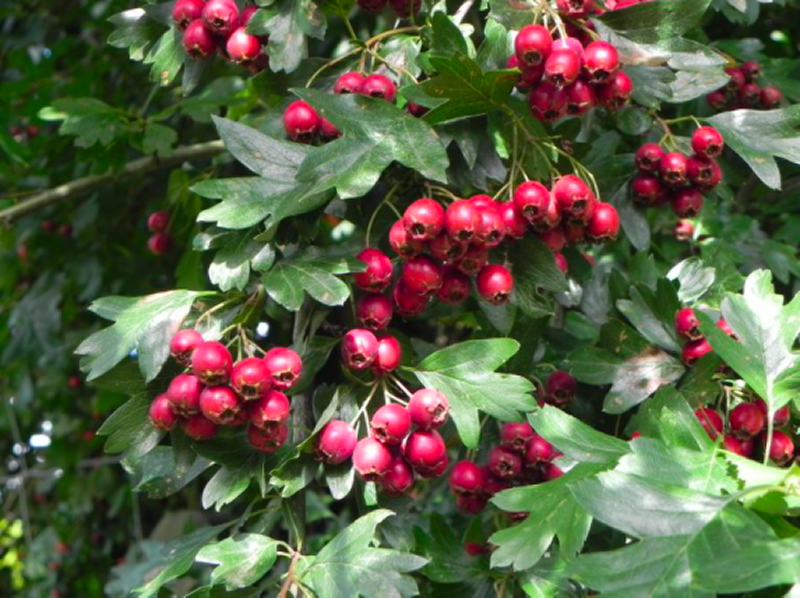
The importance of natural hedging for wildlife
The hedges that we are so familiar with in the British countryside and other parts of Europe not only shape the landscape, they are also a valuable habitat and feeding ground for all types of wildlife.
A mixture of deciduous and evergreen shrubs and climbers - they flower and fruit, provide shelter and a rich variety of different types of foliage. If the right plants are chosen the hedgerow can be adapted to suit many gardens and can either be clipped and controlled or left to grow naturally. Most will eventually make large shrubs or small trees.
Native hedging is usually planted as young bare root “whips”; single stem transplants lifted during the late autumn and winter and planted before early spring. These are easy to handle and inexpensive to buy.They do not have to be planted as a hedge. Some are ideal in groups of three or five, planted 60cm (2ft) apart left to grow into large transitional shrubs to join a rural garden with the surrounding landscape.
The mainstay of any native hedging mix is hawthorn, Crateagus monogyna. This tough plant is wind and salt tolerant, so ideal in exposed and coastal situations. The branched growth gives excellent shelter to wild birds and other wildlife and the thorny stems offer protection. It has good foliage which colours in autumn. White spring flowers, attractive to bees and other pollinators, are followed by dark red fruits that the birds appreciate. A single plant will grow to form an excellent small tree or a closely planted group of three whips make an attractive multi-stemmed specimen.
To find out more, read Andy McIndoe's blog at MyOnlineSchool Ltd T/A Learning with Experts.

